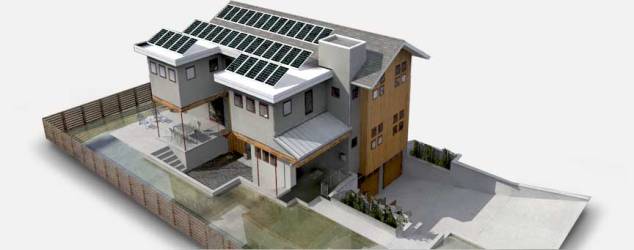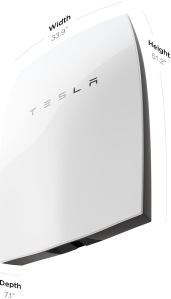There
are times when you start wondering why your electricity bills are increasing
every month. It is of crucial importance to know how to save your electricity
bills with the constant rise in Grid Tariffs. These tariffs are fixed by the
KERC (Karnataka Electricity Regulatory Commission), and the tariffs are
different for every consumer category.
As
more people realize the need for a clean reliable source of energy and plan for
long term savings, their First step is to understand their electricity bills. To
help you to get an insight into your electricity bill, a simple info graphic is
presented below.
BESCOM
bill for a Residential User:
1. Revenue Register Number: The RR Number is a Unique ID which
identifies the Meter installed by BESCOM.
2. Tariff Category: BESCOM have categorized different
establishments under different categories and have assigned different electricity
rates to each. To understand the Tariff rates click here. For residential consumers, the
category is LT (Low Tension) 2 a (i) and for commercial comsumers, the category
is LT (Low Tension) 3 a (i).
3. Sanctioned Load: The maximum amount of load demand from your househould when all the
appliances are connected. Applying for the correct santioned load for your
house is of crucial importance as it helps to avoid paying penalty for heavy
load demand.
4. Cumulative Readings: In order to calculate the consumption, BESCOM stores
your previous bill readings in their devices and calculated the difference
between the current reading and previous reading to check your total
consumption for a month and generate the bill.
5. Consumption: The actual consumption of your
household is given in bold and large numbers. The units of electricity is
measured in Kilo-Watt Hours which is a measurement of energy. On these units
you are charged based on the tariffs and slabs decided by KERC (Karnataka
Electricity Regulatory Commission). For
large segments, the number of units is multiplied by a Constant which varies
based on different loads.
The
second half of the bill shows the fixed tariff rates for Residential users:
6. Fixed Charges: This residential segment has a sanctioned load of 3 KW.
KERC have fixed a nominal charge per KW of sanctioned load for a residential
segment, as seen in the Fixed Charges box.
7. Slab Rates: Residential users
are charged under Slab Rates. Tariff Slab Rates are decided by the KERC and
they are charged depending on the units consumed. The consumer has to be aware
of such slabs, as exceeding his/her monthly consumption over 200 units, he/she will be charged at a higher tariff of Rs 6.90,
which increases your bill by a considerable amount.
8. Final Amount: After adding Taxes,
penalties,etc. fixed by the State Government, the final amount payable is
printed.
It
is crucial for any residential or commercial owner to understand this block as
this helps you understand that by turning off devices at home when not needed,
your bill might not fall into the higher paying slabs and thus reducing your
overall bill cost. BESCOM are providing rebates to users who have installed
Solar Heaters in their houses, so consumers can reap the benefits up to Rs.50
savings in their monthly electricity bills.
Understanding
the different parts of the electricity bill above, can help you understand your
electricity bill and also plan on reducing the electricity consumption for your
home. By keeping a track of your units being consumed and your sanctioned load,
you can save on your monthly electricity bills.
Next week, we talk about how rooftop solar PV plant can
reduce your electricity bills and how you can gain long term financial savings…













